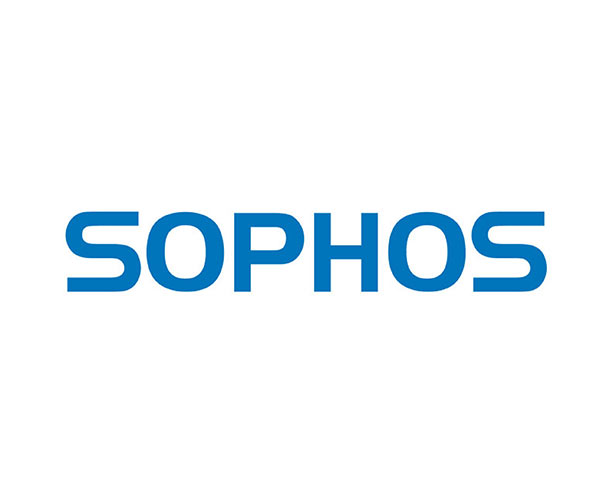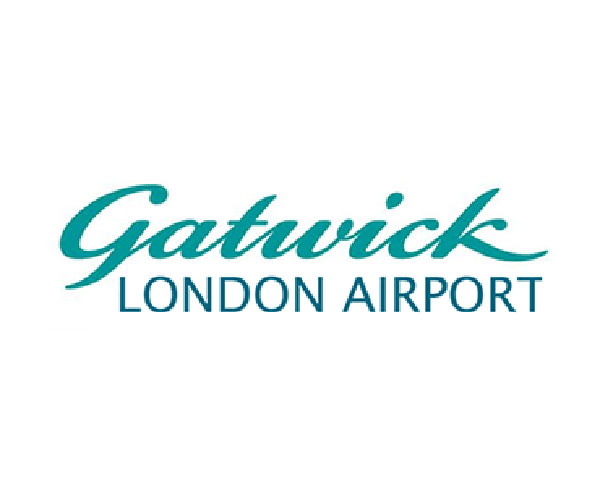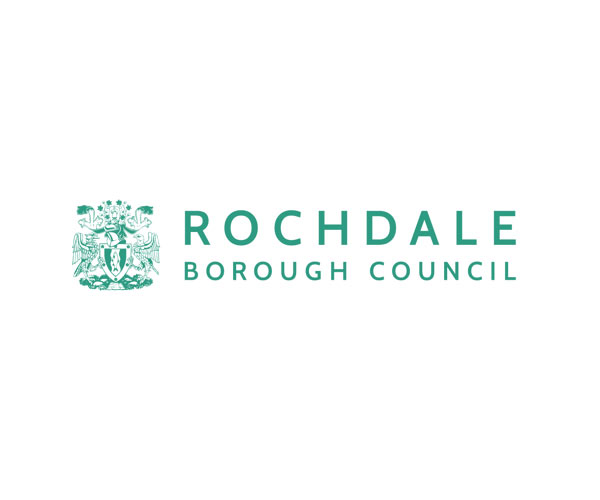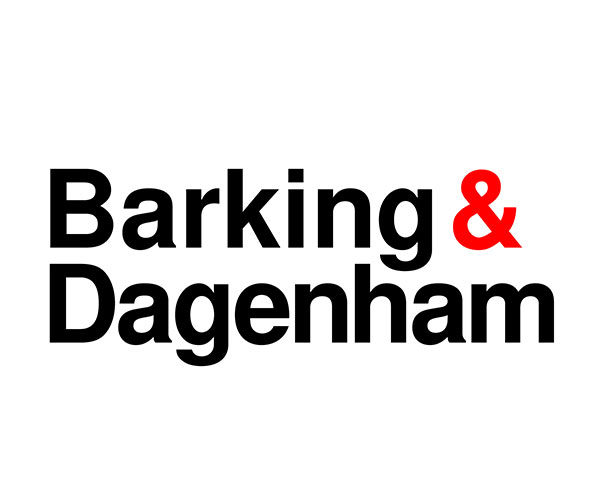Office Partition Noise Absorbency
What is Noise Absorbency?
Noise absorption is a measure of how much energy is removed from the sound wave as it passes through a certain type of fabric or material. The amount of noise absorbed and the amount being reflected will be dependent on the type of material and it’s absorbent properties. If a sound wave hits a hard surface, it will reflect, and the energy levels will remain the same. Whereas an acoustic panel will absorb part of the energy, improving the noise levels in a space.
By absorbing noise, it’ll reduce the level of echoes that move around an office or meeting room. This is why many offices and open plan spaces require Acoustic Office Partitions to reduce noise and create a calmer working space.
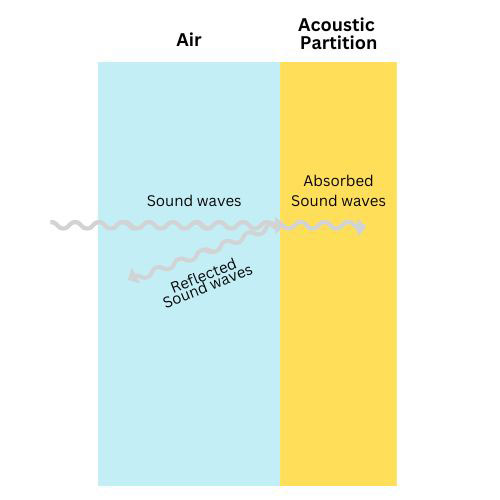
Low VS High Frequencies
The speaking frequency range is between 100hz & 300hz, creating a scale from children, men & women. Generally, a women’s voices is approximately one octave higher, meaning a slightly higher frequency.
The lower the frequency means a lower and quieter noise, and as the scale increases, the frequency registers loud, higher pitched sounds.
How will Acoustic Office Partitions reduce noise?
One of the main materials of the Acoustic Partition Screens is a 12mm or 24mm acoustic foam. The foam is a sponge like material and creates a barrier which removes energy from the sound waves to lessen noise and distractions.
Acoustic Office Screens can be incredibly effective when used in the correct way and within the right environment. One of the most efficient ways to use the partitions screens is inline with any voice projections and taking into consideration placement and people.
If Desktop Dividers or Freestanding Partition Screens are added to a desk, but are sitting lower than the general person, the panels will help marginally but won’t make the maximum impact. The acoustic foam and thick fabric should be in direct line of the sound waves to reduce noise significantly.
That being said, using larger acoustic office screens throughout a space, to differentiate departments and work spaces is also an effective method. It's strength in numbers when it comes to soft furnishing and acoustic partition screens.
Taking a look at the Sound Absorption Graph, you’ll find the results to our Acoustic Partition Screens test and how effective they are throughout the frequency scale.
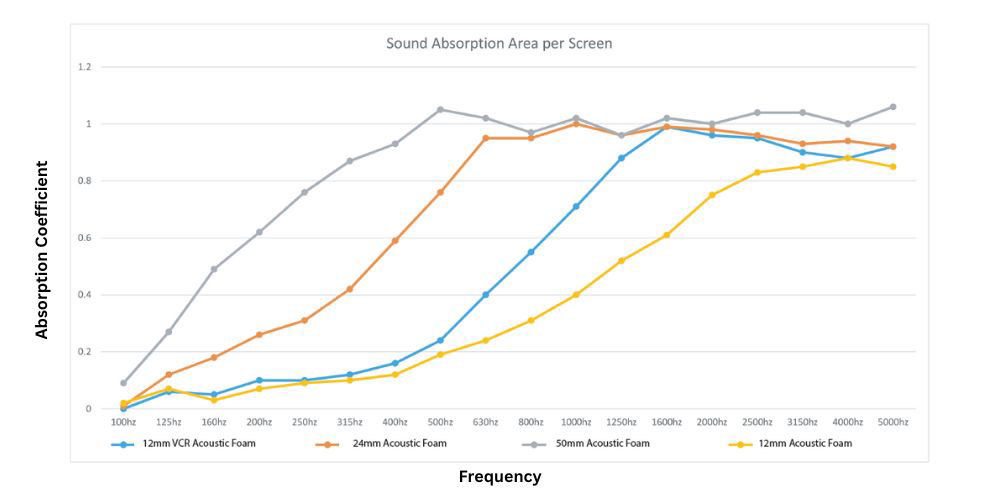
What the graph shows on the Y axis is the Absorption Coefficient. The Absorption Coefficient determines how far in to the material a wavelength can penetrate before it’s absorbed. The X axis shows the frequency, which is the pitch of sound.
You’ll see a trend across the different foam types that the higher the pitch, the higher the absorbency rate. As expected, the results show that as the foam gets thicker, there’s a much higher absorbency rate, at lower frequencies, meaning more noise is being absorbed.
The Budget Acoustic Office Partitions, Morton Acoustic Office Screen & the Concept Acoustic Partition Screens use a layer of 12mm acoustic foam across both sides of the partition. Following the yellow line, the foam and fabric is most efficient at a higher frequency.
The Delta Acoustic Office Dividers & Nova Acoustic Office Partition Screens include a double layer of the 12mm foam, placing 24mm foam on both side of the screen. By adding an additional layer of the acoustic foam, lower frequencies are absorbed at a quicker rate and excel in the middle range of noise frequencies.







